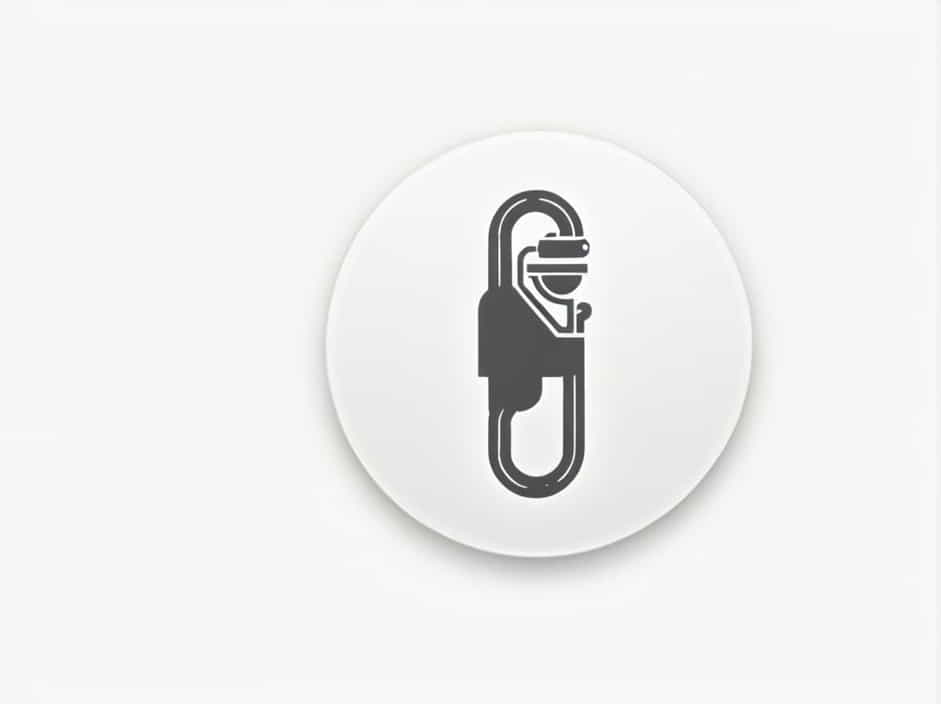The ejaculatory duct is a crucial component of the male reproductive system, playing a vital role in the transportation of sperm and seminal fluid. Despite its small size, this duct is essential for successful reproduction. In this topic, we will explore the structure, function, and significance of the ejaculatory duct, along with related medical conditions and treatments.
What Is the Ejaculatory Duct?
The ejaculatory duct is a paired duct in the male reproductive system that serves as a passage for sperm and seminal fluid before ejaculation. It is formed by the union of the vas deferens and the seminal vesicle duct, which work together to transport semen through the urethra.
Anatomical Location
The ejaculatory ducts are located within the prostate gland, running through its central zone before opening into the prostatic urethra. Their position allows for the proper mixing of sperm and seminal fluid before ejaculation.
Structure of the Ejaculatory Duct
Formation
The ejaculatory ducts are created by the convergence of two structures:
- Vas deferens – Carries sperm from the testes.
- Seminal vesicle duct – Produces seminal fluid, which nourishes and protects sperm.
Length and Diameter
Each ejaculatory duct is about 2 cm long and has a very narrow lumen. Despite their small size, they play a critical role in sperm delivery.
Function of the Ejaculatory Duct
1. Transporting Sperm and Seminal Fluid
The primary function of the ejaculatory duct is to transport sperm from the vas deferens and mix it with seminal vesicle secretions before ejaculation. This ensures that sperm is well-nourished and protected.
2. Regulating Ejaculation
The duct ensures that seminal fluid and sperm reach the urethra at the right time, preventing premature mixing and ensuring successful ejaculation.
3. Preventing Urine Backflow
During ejaculation, the prostatic urethra closes to prevent urine from mixing with semen. The ejaculatory ducts help maintain this separation, ensuring optimal conditions for fertilization.
Common Disorders of the Ejaculatory Duct
1. Ejaculatory Duct Obstruction (EDO)
Causes:
- Congenital abnormalities
- Infections
- Prostate cysts or stones
Symptoms:
- Low semen volume
- Pain during ejaculation
- Infertility
Treatment:
- Transurethral Resection of the Ejaculatory Ducts (TURED) is a common surgical procedure to remove blockages.
2. Infections and Inflammation
Infections like prostatitis or sexually transmitted infections (STIs) can affect the ejaculatory ducts, causing pain and fertility issues. Antibiotics are usually prescribed to treat infections.
3. Retrograde Ejaculation
In some cases, semen flows backward into the bladder instead of exiting through the urethra. This can result from nerve damage, medications, or diabetes. Treatment options depend on the underlying cause.
The Ejaculatory Duct and Male Fertility
1. Role in Sperm Transport
If the ejaculatory ducts are blocked, sperm cannot exit properly, leading to low sperm count in semen (azoospermia) and infertility.
2. Importance of Seminal Fluid
Seminal fluid provides nutrients and protection to sperm, improving its chances of surviving in the female reproductive tract. A healthy ejaculatory duct ensures proper mixing of these fluids.
How to Maintain Ejaculatory Duct Health
1. Regular Check-Ups
Men experiencing pain, infertility, or changes in ejaculation should consult a urologist for proper evaluation.
2. Safe Sexual Practices
Using protection during intercourse helps prevent sexually transmitted infections that could lead to inflammation or blockages.
3. Healthy Diet and Lifestyle
A diet rich in zinc, vitamin C, and antioxidants supports reproductive health. Regular exercise and hydration also promote a healthy reproductive system.
The ejaculatory duct is a small but essential part of the male reproductive system. It plays a key role in transporting sperm and seminal fluid, ensuring successful fertilization. While issues like ejaculatory duct obstruction can cause infertility, proper medical care and lifestyle choices can help maintain reproductive health. If you experience any concerns regarding ejaculation or fertility, consulting a healthcare professional is the best course of action.
